Trick or Treat! Millions have uttered those cursed words, fooled into thinking “tricks” and “treats” were mutually exclusive. Beware, there are deadly surprises in Halloween candy. At least, according to paranoid parents.
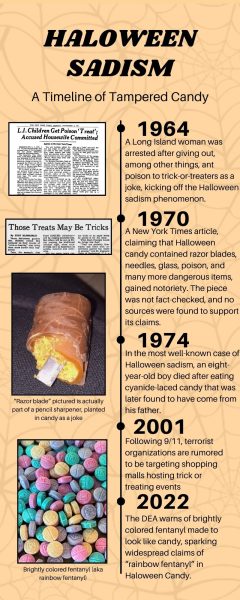
Rumors of contaminated candy, also known as “Halloween Sadism”, go way back. Joel Kresse, whose two sons will be trick or treating this year, said “[he’s] heard rumors like that since [he] was a kid.” In recent years, there have been a multitude of reports telling parents to check for “rainbow fentanyl” in their children’s Halloween candy. In the 1970s and 1980s, parents feared razor blades and needles instead.
Despite the long and extensive history of Halloween Sadism, it has very little viability. Halloween Sadism expert Joel Best wrote, “I have been unable to find a substantiated report of a child being killed or seriously injured by a contaminated treat picked up in the course of trick-or-treating.”
However, Halloween candy contains a substance far more sinister than cyanide: SUGAR.
The American Heart Association recommends that children consume less than six teaspoons of added sugar per day. “Once you start counting up what that is, you can use up that allowance really quickly,” explained registered dietician Libby Mjolsness.
Mjosness explained how “one teaspoon of sugar equals four grams, so when you look at a [nutrition] label and … it has eight grams of added sugar, that means it’s got two teaspoons.” One fun-sized Snickers bar would therefore make up a third of the recommended daily limit, and the average trick-or-treater is bringing home a lot more than that.
To prevent his sons from overdoing their Halloween candy, Kresse puts it somewhere out of sight, and the candy is indulged in sporadically until eventually fading from memory. “It’s amazing how quickly [the kids] forget,” Kresse said.







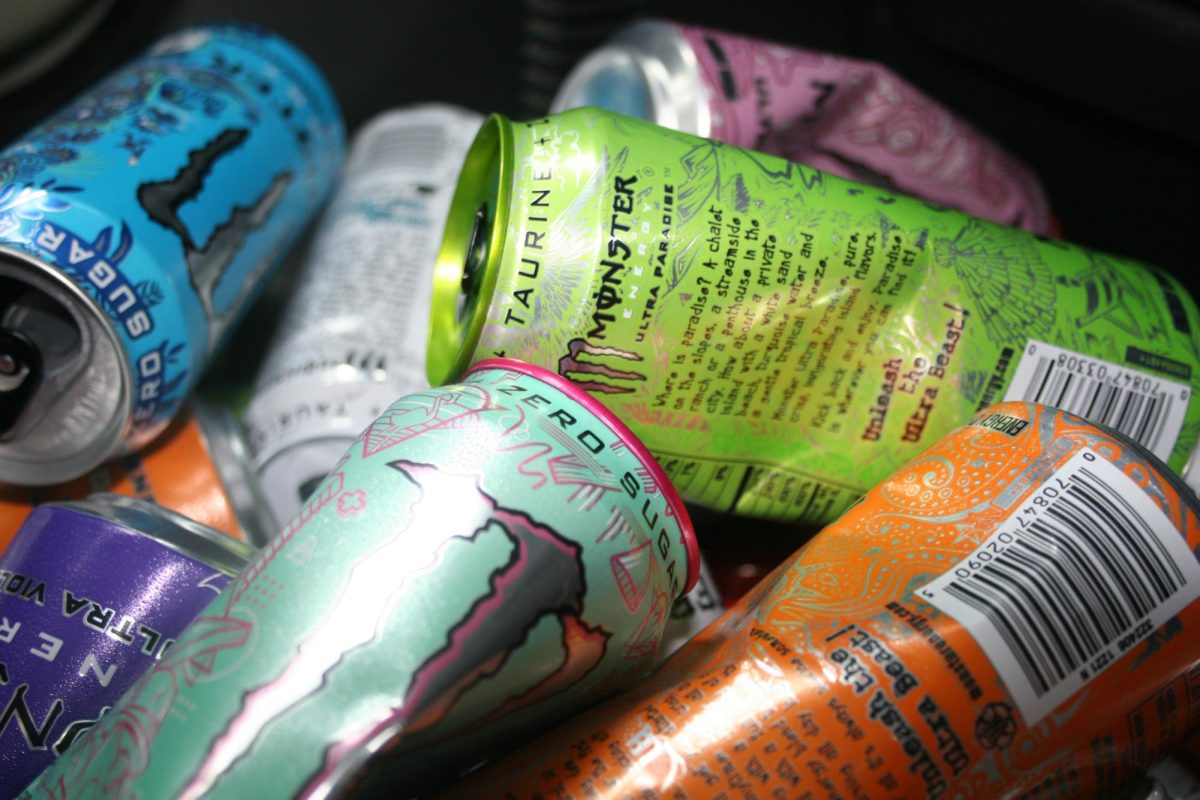













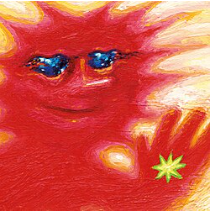
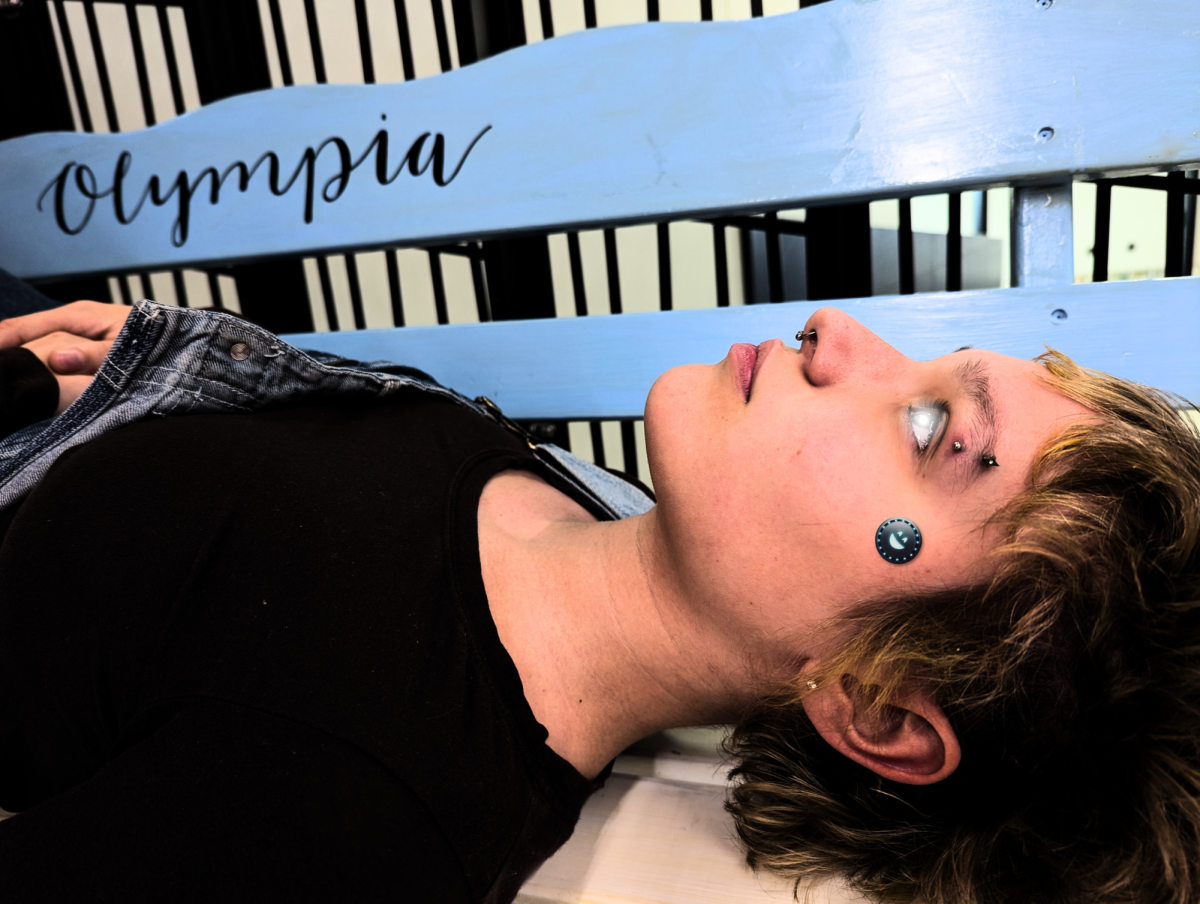












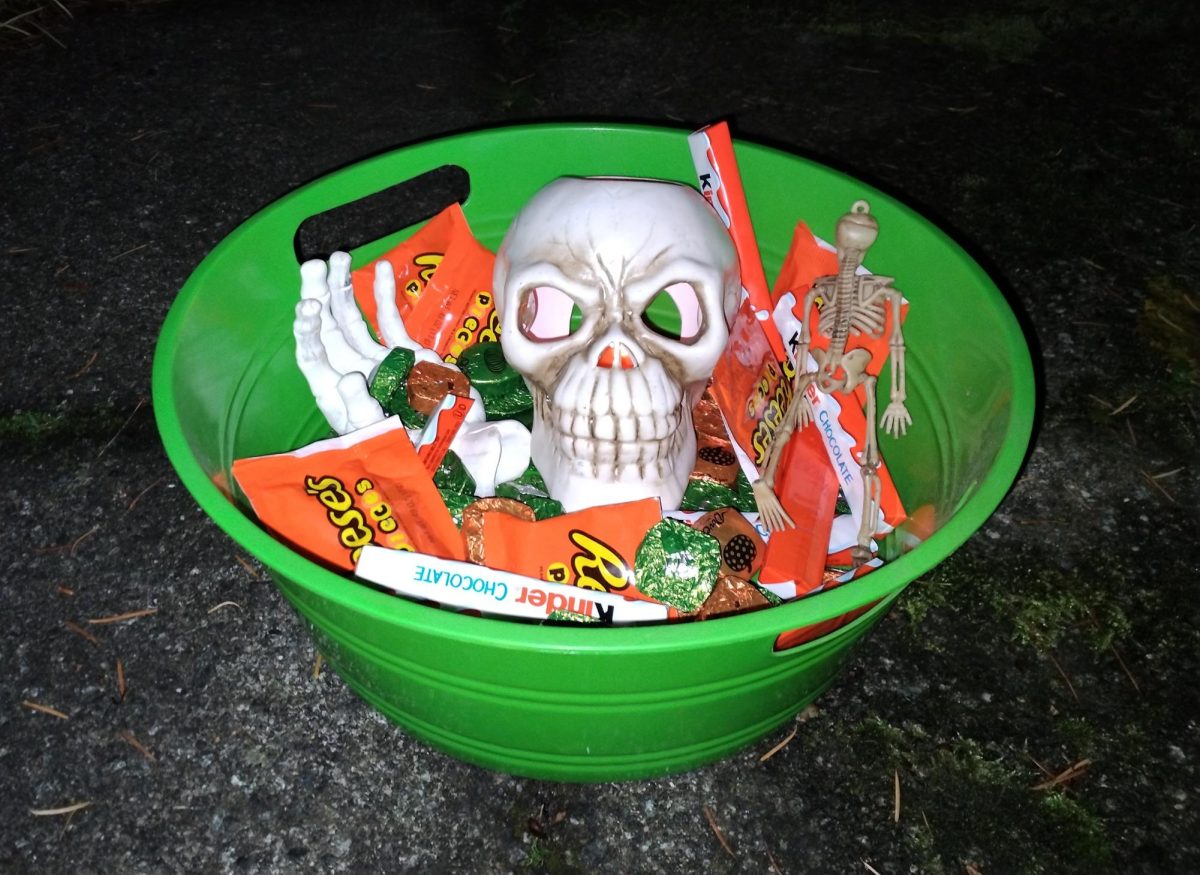

Raymond Yepes – Oct 29, 2024 at 12:35 pm
solid article Noy. great job